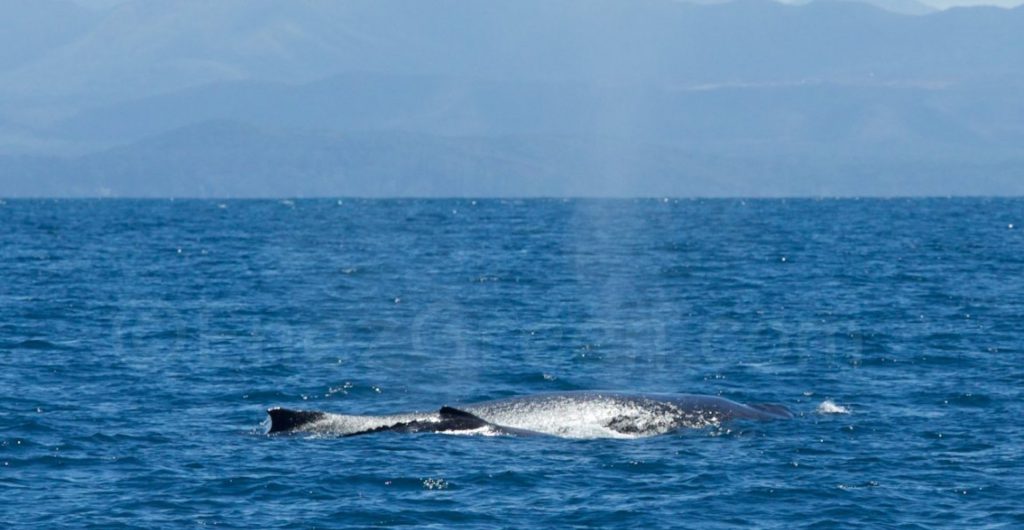The Papahanaumokuakea Marine National Monument on UNESCO World Heritage list since 2010
Located on the north and uninhabited part of the Hawaiian Islands, the Papahanaumokuakea Marine National Monument covers nearly 2,000 km long from southeast to northwest and covers 1.51 million km2. The geomorphological history and isolation of the archipelago allowed the development of an extraordinary range of habitats and features, including an extremely high endemism. This is mainly due to the isolation that marine ecosystems and ecological processes are virtually intact, which explains the exceptional accumulated biomass of large predators from the top of the food chain.
Island environments that were changed by human activity but, although some changes are irreversible, there is also examples of successful restoration. Now banned from commercial fishing, giant marine protected area is home to over 7,000 marine and land species including the famous blue whales, the short-tailed albatross or endemic monk seals in the archipelago.
A cosmological significance for native Hawaiians as an ancestral environment
This isolated small islands and atolls joined in 2010 the World Heritage List of Unesco, for which it is “also an area of pelagic habitats and deep water with notable features such as seamounts and submerged banks, extensive coral reefs and lagoons.”
According to Unesco, the Papahanaumokuakea Marine National Monument also has “a cosmological significance for native Hawaiians, as an ancestral environment, the embodiment of the concept of kinship between people and the natural world, the cradle of life and land of Home spirits after death.”



